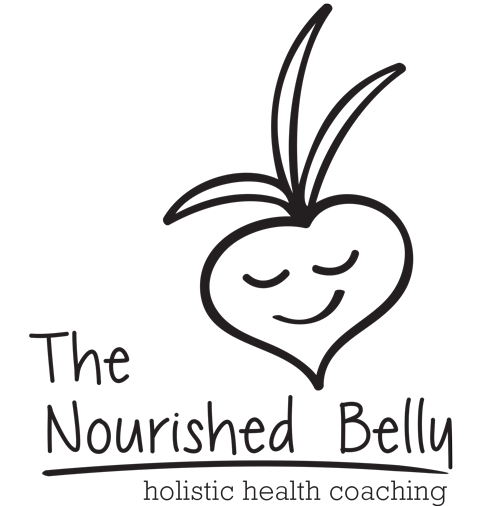This post might SEEM like it’s for humans who have vaginas, and it IS…..but it’s for EVERYONE, because this is an important thing for ALL of us to know. In this post, I talk very candidly about my own menstruation, which is what half our population goes through every month, so don’t be surprised.
In my mission to reduce my waste, something that I have been researching for myself is how I take care of my monthly visitor, without adding to the landfill. Pads and tampons go into our landfills, take a lot of resources to make, and are expensive! Plus many of them are made with chemicals (and some are made with rayon..which is not natural) that I would prefer to not have so close to my body.
One site, states that American women ages 12-54, bought 111 maxipads and 66 tampons in ONE YEAR. In 2014 it was a $3 Billion industry! That means people are making bank off of our bodies. According to Ann Borowski (whose thesis is linked below), a woman using tampons spends $2000 on them over her lifetime.
Personally, tampons are too absorbent (leaving things very dry down there), pads aren’t very breathable or comfortable, and I really hate creating ALL this waste that goes into the landfill every month. A lot of tampon applicators are PLASTIC, and honestly, applicators are completely unnecessary. Your finger works VERY well, and we should know for our health, how everything feels up there.
So what should you use instead? I haven’t used EVERYTHING, but this is what I’ve tried:
Washable Pads: I’ve used Glad Rags before, but I’m sure there are other brands. These are washable pads, that come with inserts on your heavier days. I don’t love these, primarily because they are a bit bulky. I rinse them out with cold water (hot water will make the proteins stick to the material) and then wash them with my regular clothes.
Sea Sponges: I used these for a long time, and still use them as part of my period practice. You have to be completely ok with your own blood, because you get very intimate with it when you rinse the sponge out in the sink, and put it back in. Which is a practice I advocate for. You should know what a healthy period looks like for you; what color your blood is, and if you are clotting. What I like about sponges is that they are simple to use, are very easy to insert, and don’t dry me out like tampons do. You simply wet them in warm water and they will become very soft, and then you insert it with your finger. They will leak when they are full, and rinsing them out can sometimes be interesting when you are in a public bathroom. I have before warned people that I’m coming out with my full sponge, and people have politely turned their backs. So, it’s possible. But when you have to use a portable potty…it’s sometimes messy and you need a water bottle with you!
Diva Cup: I’m starting to be a bigger fan of the diva cup. This is a silicone cup that you can insert (it does take a little practice), and it even has measurements inside so you know how much blood you are losing! What I like about the Diva Cup is that it’s easier to use in public. You don’t necessarily need a sink, you can just dump contents into the toilet and re-insert it.
I feel MUCH better about not contributing waste from my period, and honestly, these products feel better in my body. They will save you a lot of $ down the line as well. These three products are by far not the only reusable menstruation products out there, so if you’ve used another, please comment!
Feel free to ask any questions, and remember, being healthy is not just about what you eat, but it’s about everything you choose to have in your environment, and I would venture to say that what you put up your yoohaw should be as clean and toxin free as possible.
Happy Nourishing!
Tammy
Interesting thesis about sustainable trends and sanitary pad/tampons industry.
http://scholarworks.rit.edu/cgi/viewcontent.cgi?article=1547&context=theses
P.S. The first book that I read which first told me about sea sponges, AND taught be how to track my menstrual cycle is called Cunt, by Inga Muscio….I highly recommend it!
(Full disclosure… I do get a kick back from Amazon if you buy from any of the links here. However, I’m always a fan of buying things from locally owned stores, so you can also just use the link to see what the product looks like!)

